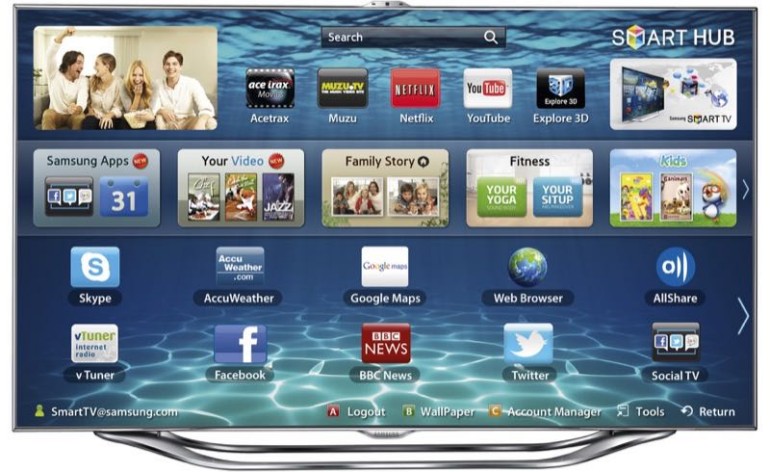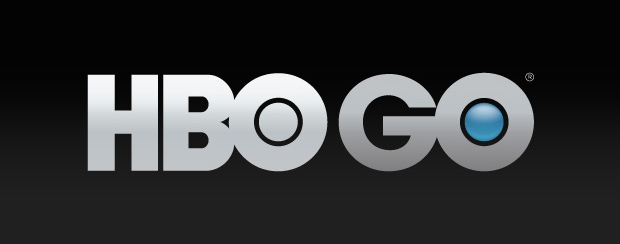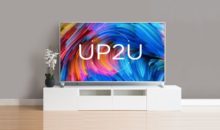Best Smart TV Features to Have
When shopping for a new TV I get asked the same questions again and again: What’s the best TV? How do I know which TV to buy? What features do I need? and What are the best Smart TV features to have? They’re all really the same question, but the people asking them, and their specific needs, are not. In this article I want to get across what features you need, why you may or may not need them, and what options you have for purchasing a flat screen TV—smart or otherwise. And you thought the big question was Do I need a 4K television!
Smart TVs Can Be Redundant
The first thing to mention when setting off in a discussion about smart TVs is the fact that you may not need one. After all, if you have a modern Blu-ray player that has all of the streaming media options you normally use, then a “dumb” TV will be a better investment…sort of. These days, it’s actually hard to find a non-smart TV. In fact, aside from computer monitors, almost all TVs over 40″ have some sort of streaming technology. The trick is understanding what it offers in light of what you may already possess. If your room only involves a TV and perhaps a soundbar, then you may indeed want features like streaming video, WiFi access, and the ability to play music from Spotify or your other favorite media applications. Assuming a smart TV is for you, let’s go through some of the best smart TV features to make sure you have in your television:
Picture Quality
You’re darn right I started here. If your smart TV isn’t equipped with great picture quality, pass on by—it’s not worth it. I typically recommend staying away from “house brands” unless you don’t mind having to replace the TV once the 90 day warranty runs out. Products from the name brands (Samsung, Vizio, LG, Sharp, Sony, etc) tend to have more reliable life spans, and they can also be repaired if they’re an expensive set. By the way, the picture quality is very hard to determine unless you’re comparing apples-to-apples. The first thing you want to do in the store, is change the picture mode to Movie or Cinema on any TVs you’re comparing. Doing anything else will just cause you to pick the brightest, most vibrant image, which is simply the one that’s putting out the most light. Light output doesn’t equate to quality. Try to even the playing field before making a decision.
Wireless Connectivity
While streaming media is a big deal (and we’ll cover that later), you’ll likely have to have wireless in order to access your favorite streaming services—be they audio or video. Of course, if you have wireless connectivity, you’ll automatically get built-in Ethernet as well (though it doesn’t always work in reverse). If you intend to stream 4K UHD, then you’ll want either a rock-solid WiFi connection, or you’ll need to go with a wired Ethernet connection to ensure you have the required bandwidth to pull it off. Another option is the Netgear Ethernet over power line solution, but a hardline to your router is typically going to give you the most reliable transfer rates possible.
Streaming Video Services
 The streaming video services I use most (or which my friends use most) are Netflix, VUDU, and Amazon. But here are many more, including Crackle, Hulu Plus, YouTube, and specific channels like MLB, ESPN, HBO Go, and others. You want to make sure that you have access to the services you already pay for, or those which you at least intend to use. With so many options, having access to free and pay streaming movies means you may never run out of great content to watch in your living room or home theater.
The streaming video services I use most (or which my friends use most) are Netflix, VUDU, and Amazon. But here are many more, including Crackle, Hulu Plus, YouTube, and specific channels like MLB, ESPN, HBO Go, and others. You want to make sure that you have access to the services you already pay for, or those which you at least intend to use. With so many options, having access to free and pay streaming movies means you may never run out of great content to watch in your living room or home theater.
Streaming Audio Services
 You can’t ignore that fact that streaming music to your home theater or living room is an excellent way to get your tunes to the best speakers in your home. Many TVs provide access to services like Spotify, Rhapsody, iHeart Radio, and more—giving you endless access to millions of artists, albums, and songs. Kicking back and letting music stream over my Samsung Smart TV is one of the best experiences, and it allows me to hear that music in digital quality. Some systems will allow you to connect to even higher resolution audio sources, like a DLNA-connected computer or server.
You can’t ignore that fact that streaming music to your home theater or living room is an excellent way to get your tunes to the best speakers in your home. Many TVs provide access to services like Spotify, Rhapsody, iHeart Radio, and more—giving you endless access to millions of artists, albums, and songs. Kicking back and letting music stream over my Samsung Smart TV is one of the best experiences, and it allows me to hear that music in digital quality. Some systems will allow you to connect to even higher resolution audio sources, like a DLNA-connected computer or server.
Remote Control and App Functions
I don’t care much about remote controls, but one that works well is a good thing. After all, not everyone is going to run out and buy an expensive universal remote control. Better still, many TVs allow use from an app. That means that searching for your favorite song is much easier than having to use a remote control to toggle through searches and alphanumeric text entries. Trust us, an iOS or Android app will make all of the features of your television literally become about 200% more useful.
Quick Response Time
I’d be remiss if I didn’t ask you to also check to see how responsive your TV is before buying it. There’s nothing worse than slow channel changes, or stagnant apps that don’t respond instantly to commands. If your TV has a budget control system, it may be slow when running the software. It will still work, but it;s not a lot of fun to use. On the other hand, a responsive TV feels snappy, and makes you actually want to use the apps it provides.
If you get a good quality TV, then a Roku or AppleTV may be all you need to make your television “smart”. Still, Smart TVs are becoming more and more popular, and it’s not a tough call to pick one up, even if it only offers you an update on the software that may already be in your DVD or Blu-ray player. Many newer devices can handle a few updates to keep things fresh, but older products may only be able to go so far before the firmware can no longer support new iterations of the software. In these cases, new features are possible by moving your apps to a new platform—like a smart TV. In any case, this seems to be the future, and if you do a little research to make sure you have the apps you want, then you’ll be making an informed decision when you purchase.







